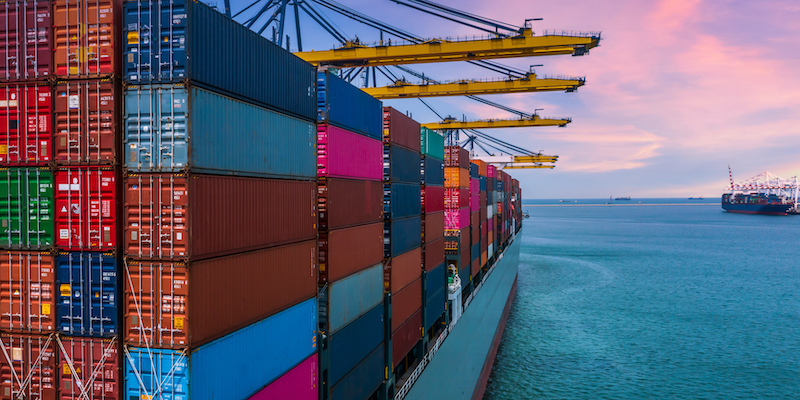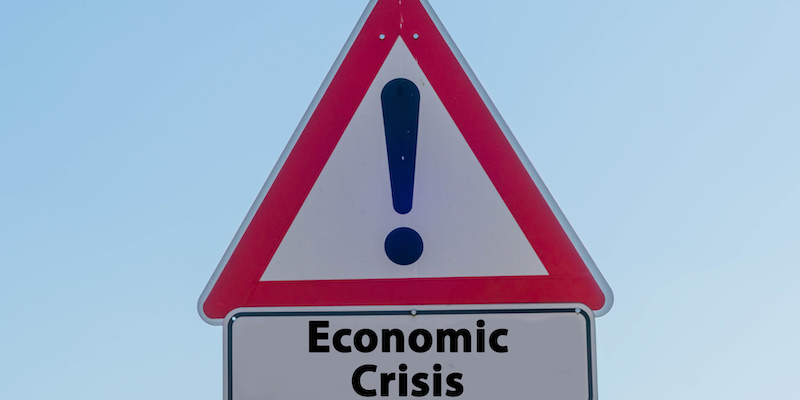The Red Sea Crisis in The Supply Chain: Shippers Face Huge Ocean Shipping Rates
In the extensive landscape of worldwide commerce, the Red Sea has become a point of concern, impacting the foundations of the interconnected supply chain. This blog explores the intricate network of geopolitical and environmental factors that have converged to create a complex situation in the Red Sea region. As we navigate through the intricacies of this situation, our attention shifts to the consequences experienced by shippers globally, specifically the notable increase in ocean shipping rates.

Understanding the Red Sea Crisis
Recent aerial operations in Yemen conducted by the military forces of the United States and the United Kingdom, with the objective of thwarting potential assaults by the Houthi faction on commercial ships navigating the Bab el-Mandeb strait, have elicited a spectrum of opinions ranging from commendation to disapproval. The importance of the Red Sea in the world of international trade holds immense significance, acting as a pivotal conduit within the intricate web of the worldwide supply network. Diverging from the events surrounding the Suez Canal obstruction in 2021, the Red Sea is presently accessible, but the complexities it introduces carry extensive ramifications.
Shippers Challenges
Shippers find themselves in the midst of this crisis, dealing with a multitude of challenges. The relatively limited number of Houthi attacks does not downplay the significant impact on the numerous ships navigating these tumultuous waters. Shippers are confronted with tangible realities such as delays, heightened costs, and global supply chain disruptions. These shippers challenges has prompted a reconsideration of risk management strategies.
Surge in Ocean Shipping Rates
A consequence of the Red Sea crisis is the notable increase in ocean shipping rates. Although not reaching the levels witnessed during the peak of the COVID-19 pandemic, container prices have experienced a considerable rise. The looming possibility of the Red Sea route becoming inoperable heightens the sense of concern. To provide context, the closure of the Suez Canal due to war from 1967 to 1975 appears less challenging when compared to the current complexities, given the pivotal role of global supply chains today.

Navigating the Challenges
Shippers, faced with these challenges, must chart a course through these troubled waters. Exploring alternative shipping routes becomes imperative, as does implementing robust risk mitigation tactics. Collaboration within the industry takes centre stage as stakeholders unite to overcome the hurdles presented by the Red Sea crisis. In this dynamic environment, adaptability and foresight become the answer to shippers challenges and the key elements of success.
Long-term Implications and Solutions
The Red Sea crisis unveils a larger narrative about the vulnerability of maritime choke points in the global supply chain. The Panama Canal, experiencing disruptions due to intense drought, further accentuates these vulnerabilities. As we ponder the potential long-term effects, sustainable solutions and policy recommendations must be considered. The global community must work collaboratively to address such challenges and fortify the resilience of the supply chain.
Global Economic Warning Signs
The situation in the Red Sea has reverberated across the world’s economy, prompting leading economic experts to advise on potential repercussions. The World Bank highlights concerns over the escalation of conflicts, projecting the possibility of increased interest rates, reduced economic growth, persistent inflation, and heightened geopolitical ambiguity. Incidents involving commercial vessels in the Red Sea are already causing global supply chain disruptions to vital shipping pathways, escalating the probability of bottlenecks leading to inflation.

In the context of these economic alerts, it is apparent that disturbances at critical junctions can carry extensive implications. While addressing the challenges posed by the Red Sea, there is a broader recognition that a thoughtful and cooperative strategy is indispensable to uphold global economic steadiness.
Empowering Tomorrow’s Supply Chain Leaders:
In challenging times, experienced supply chain managers play a crucial role in navigating complexities and ensuring operational resilience. Recognising this need, the IMM Graduate School offers the Bachelor of Commerce (BCom) Honours in Supply Chain Management. This programme is designed to empower individuals with the essential competencies—comprising knowledge, insight, skills, values, and attitudes—needed to make positive contributions to the effective management of a modern integrated supply chain.
Closing Thoughts
The Red Sea predicament acts as a poignant recall of the complex interconnections within our global supply network. Shippers navigate through turbulent circumstances, and with strategic forethought, cooperation, and adaptive measures, they can navigate these challenges. Confronting the intricacies of the Red Sea crisis emphasises the importance of our capacity to acquire knowledge, adjust, and encourage international collaboration in coping with unexpected global supply chain disruptions.
